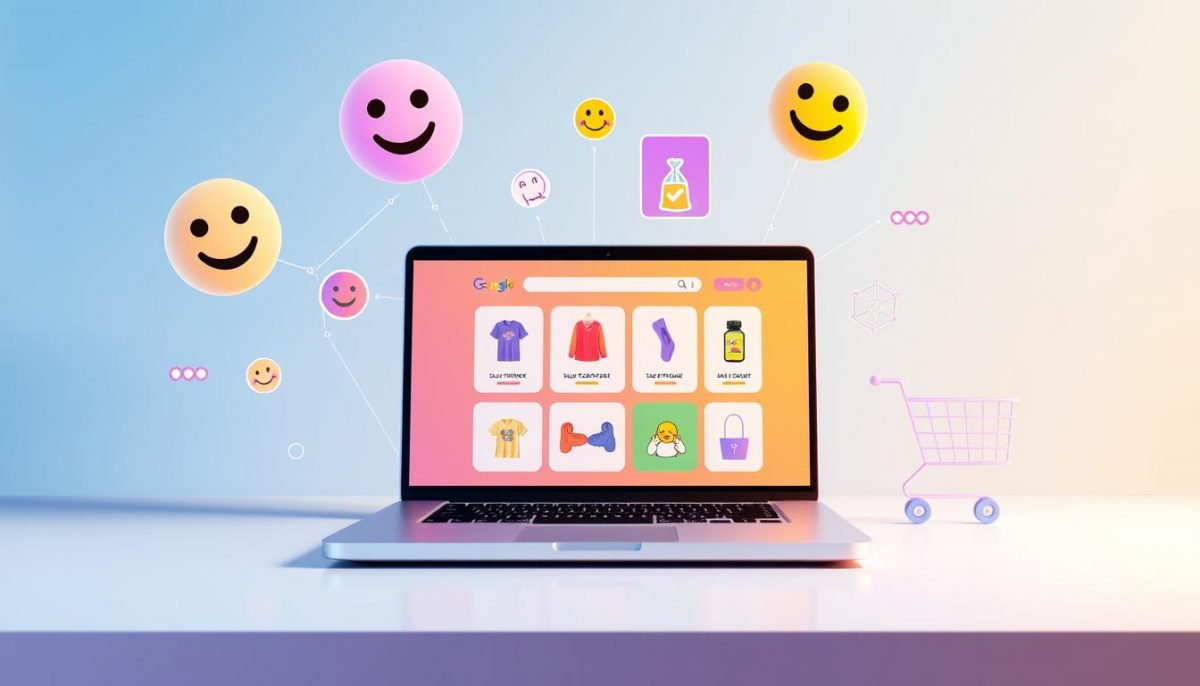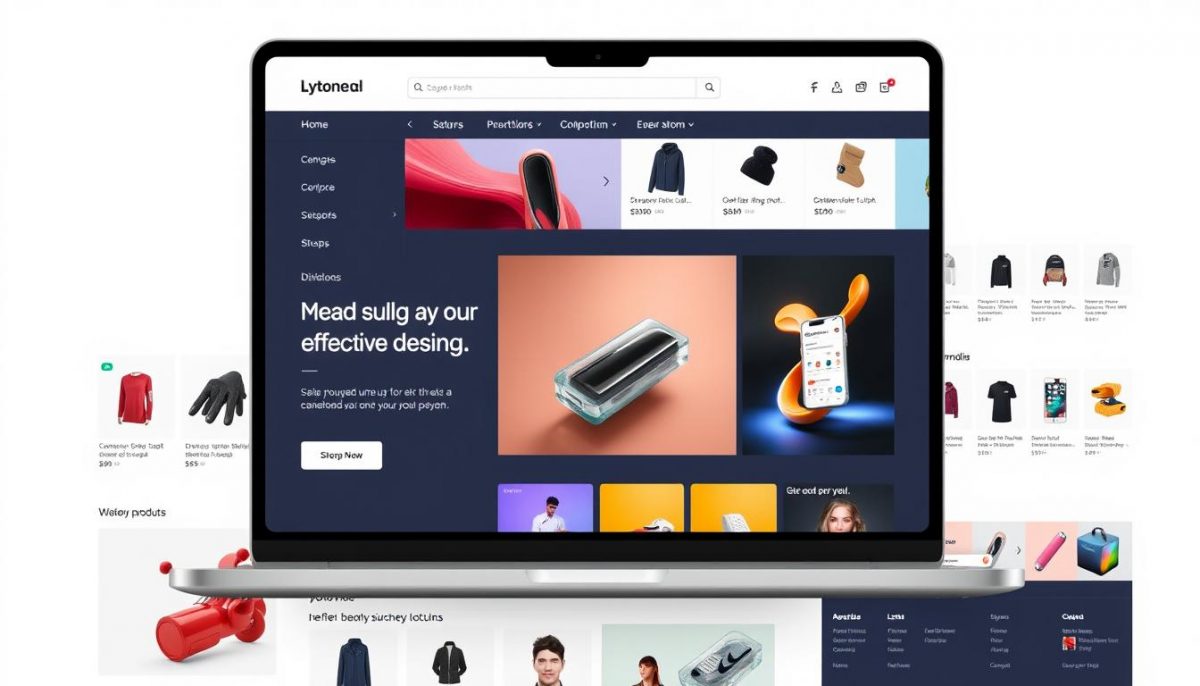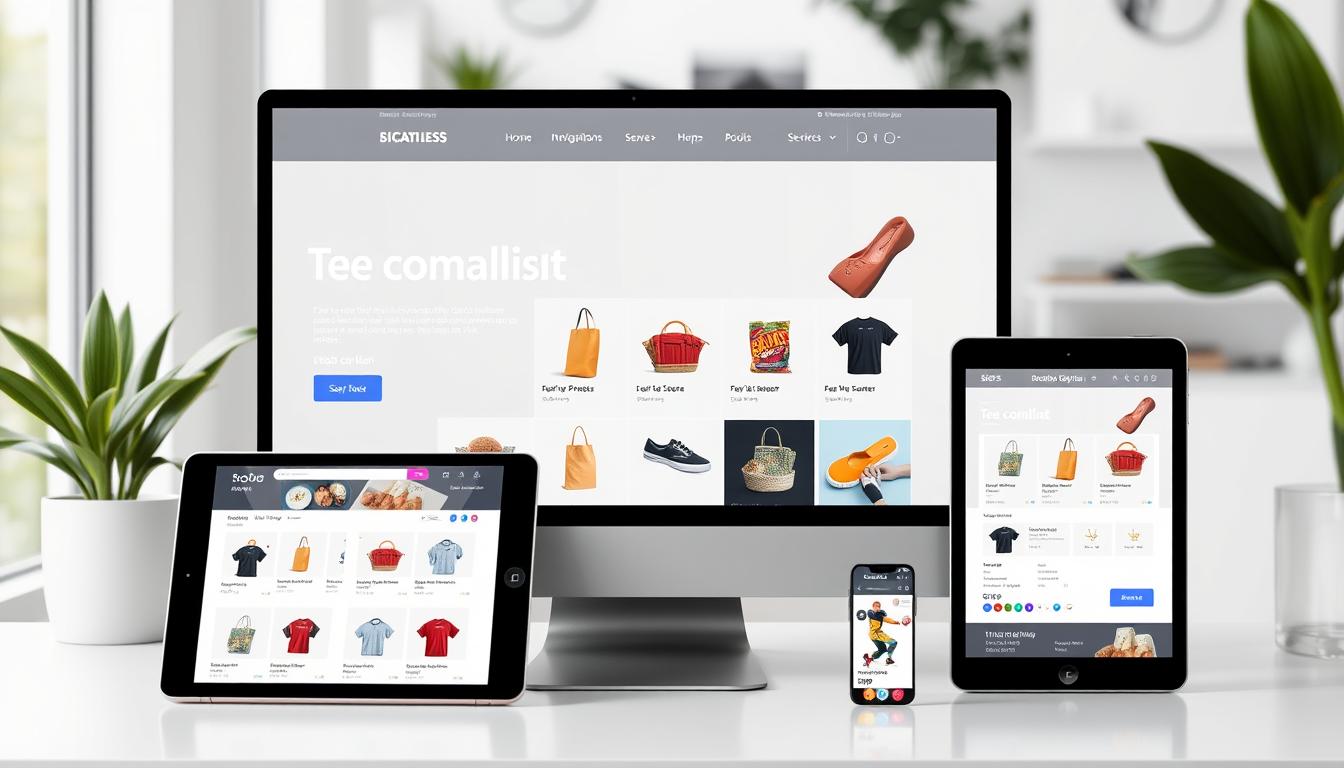Today’s digital marketplace is fast-paced, making it essential for online businesses to focus on seamless user experiences. A well-optimized ecommerce site boosts customer satisfaction and increases conversion rates. By improving user experience (UX), brands can offer a shopping journey that truly connects with their audience. This approach acknowledges the complex nature of ecommerce interactions. An intuitive design sets a business apart in a crowded market.
Online shoppers get distracted easily, so ecommerce sites must keep them engaged. In this article, we explore strategies for crafting effective ecommerce experiences. These strategies help brands not just meet but go beyond customer expectations. This commitment is key to sustaining customer interest and loyalty.
Understanding the Importance of User Experience in Ecommerce
In the ecommerce world, UX (User Experience) is not just about looks. It’s about creating an easy and satisfying journey for the shopper. This means making everything from finding products to checking out as smooth as possible.
What is User Experience (UX) in Ecommerce?
User experience in ecommerce is how people interact with an online store. It’s about making sure visitors can easily navigate, search for what they want, and buy it without hassle. Good UX means having clear menus, fast responses, and interesting content to keep users happy.
The Impact of UX on Customer Retention
Studies show that good UX makes customers stick around. Happy users are more likely to stay loyal and buy again. Features like easy navigation, fast loading, and offering personalized shopping can make a big difference. They help make shopping fun, so people want to come back.
Measuring User Experience Success
To know if UX works, companies look at how customers behave. They use tools to gather feedback, watch how people browse, and see what they buy. Tracking things like how often people leave their carts and how satisfied they are helps judge UX quality. Making ongoing changes based on feedback keeps shopping smooth and enjoyable.

Crafting Seamless User Experiences in Ecommerce Design
Effective ecommerce design is all about key features that boost user satisfaction. These include great design and usability features. Putting these together, marketers can make appealing online stores. This draws in users and boosts sales.
Key Elements of Effective Ecommerce Design
A successful online store relies on:
- Intuitive navigation that guides users seamlessly through the site.
- Clear call-to-action buttons that encourage conversions.
- Well-structured product pages showcasing detailed information and high-quality imagery.
- A consistent branding experience that includes a cohesive color scheme and typography.
These elements ensure a great experience on computers and other devices. Having these in place improves how users feel and interact with the site.
Designing for Mobile and Desktop: Best Practices
With more people shopping on their phones, it’s crucial to make websites work well on mobile. Responsive designs adapt to any device, offering a consistent look everywhere. Best practices involve:
- Adaptive layouts that adjust to different screen dimensions.
- Fast loading speeds to keep users interested.
- Touch-friendly interfaces to improve mobile use.
When you start with mobile design, you also end up boosting the desktop experience. This strategy is about making sure everyone can access the site easily. It makes users happy and more likely to return.

| Design Element | Impact on UX | Device Compatibility |
|---|---|---|
| Intuitive Navigation | Improves site exploration and ease of use | Mobile and Desktop |
| Call-to-Action Buttons | Drives conversions and increases sales | Mobile and Desktop |
| Product Page Structure | Enhances information accessibility | Mobile and Desktop |
| High-Quality Imagery | Attracts customers visually | Mobile and Desktop |
Focusing on good design principles makes for a site people like to use. Mixing mobile and desktop design ideas helps reach more people. This approach is vital for online store success.
Implementing Strategies for Improvement
To improve the shopping experience online, companies should use different strategies. A/B testing is a great tool. It helps figure out which designs users like best. By showing two versions of a webpage, companies learn what works.
Mapping the user’s journey is also valuable. It shows how people move through a site. This helps identify problems and chances to make the site better. Getting customer feedback through surveys and tests is important. It helps make sure changes meet customer needs.
When making changes, it’s important to keep things smooth for users. Teams can introduce new features slowly and test them out. This way, they can fix any issues before everyone sees them. Staying committed to testing and using these strategies can make online shopping better. It builds customer loyalty.

